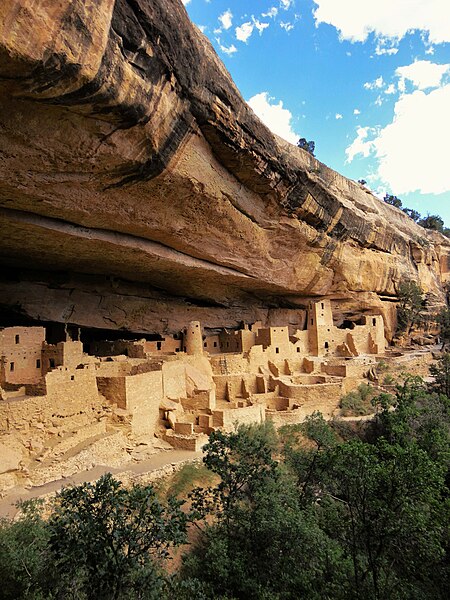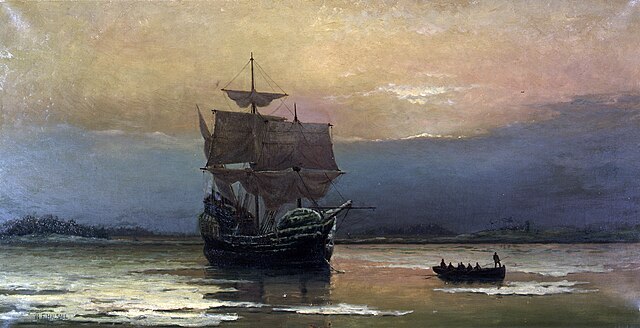Great Depression in the United States
In the United States, the Great Depression began with the Wall Street Crash of October 1929 and then spread worldwide. The nadir came in 1931–1933, and recovery came in 1940. The stock market crash marked the beginning of a decade of high unemployment, poverty, low profits, deflation, plunging farm incomes, and lost opportunities for economic growth as well as for personal advancement. Altogether, there was a general loss of confidence in the economic future.
Dorothea Lange's 1936 photo Migrant Mother is an iconic photograph associated with the Great Depression.
Unemployed men outside a soup kitchen in Chicago, 1931
A $10 US gold certificate. The U.S. used the gold standard until 1934 and controlled nearly half of the global gold supply during the inter-war period.
People outside a closed bank after 1929 stock market crash
History of the United States
The history of the lands that became the United States began with the arrival of the first people in the Americas around 15,000 BC. Numerous indigenous cultures formed, and many saw transformations in the 16th century away from more densely populated lifestyles and towards reorganized polities elsewhere. The European colonization of the Americas began in the late 15th century, although most colonies in what would later become the United States were settled after the year 1600.
Monks Mound of Cahokia (UNESCO World Heritage Site) in summer
Cliff Palace, Mesa Verde National Park, a UNESCO World Heritage Site
The K'alyaan Totem pole of the Tlingit Kiks.ádi Clan, erected at Sitka National Historical Park to commemorate the lives lost in the 1804 Battle of Sitka
The Mayflower in Plymouth Harbor, fluyts, caravels and carracks brought the first Europeans to the Americas.








